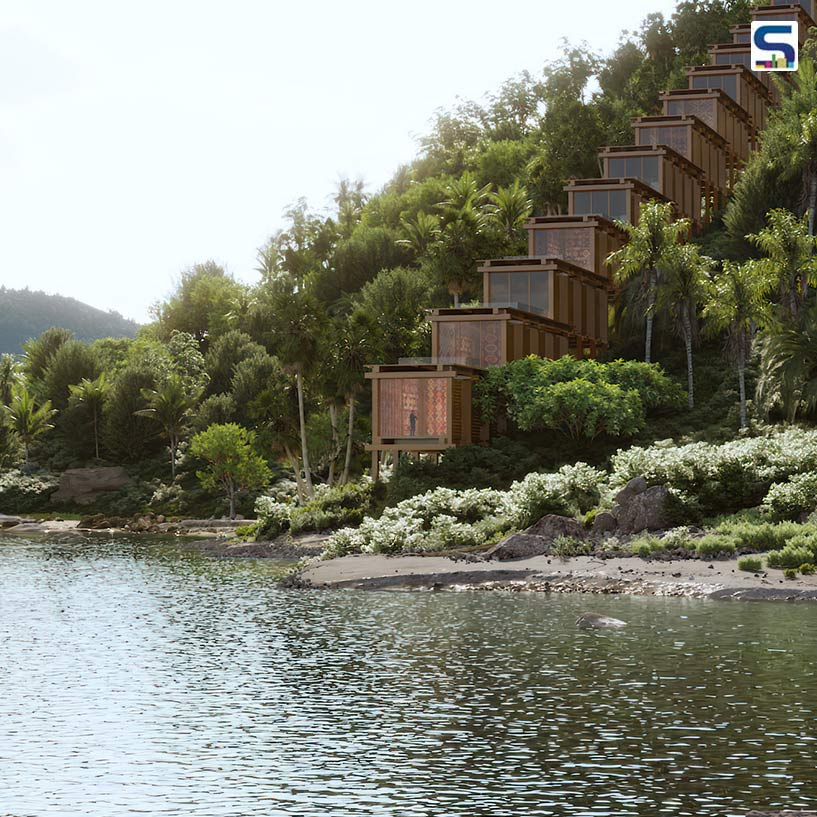
Bjarke Ingels Group (BIG), in collaboration with Arup and Cistri, has envisioned the Mindfulness City in Gelephu, aligning with His Majesty King Jigme Khesar Namgyel Wangchuck's vision for a new economic hub in Bhutan, the world’s first carbon-negative country. Encompassing 1000 km2, the masterplan harmonizes Bhutanese culture, Gross National Happiness principles, and spiritual heritage. The extensive plan incorporates vital elements such as an international airport, railways, a hydroelectric dam, and public spaces. It embraces local architectural styles reflecting GNH domains like well-being and cultural diversity. Explore the detailed insights into the project, its features, impact on India, beneficiaries, and other significant aspects on SURFACES REPORTER (SR).
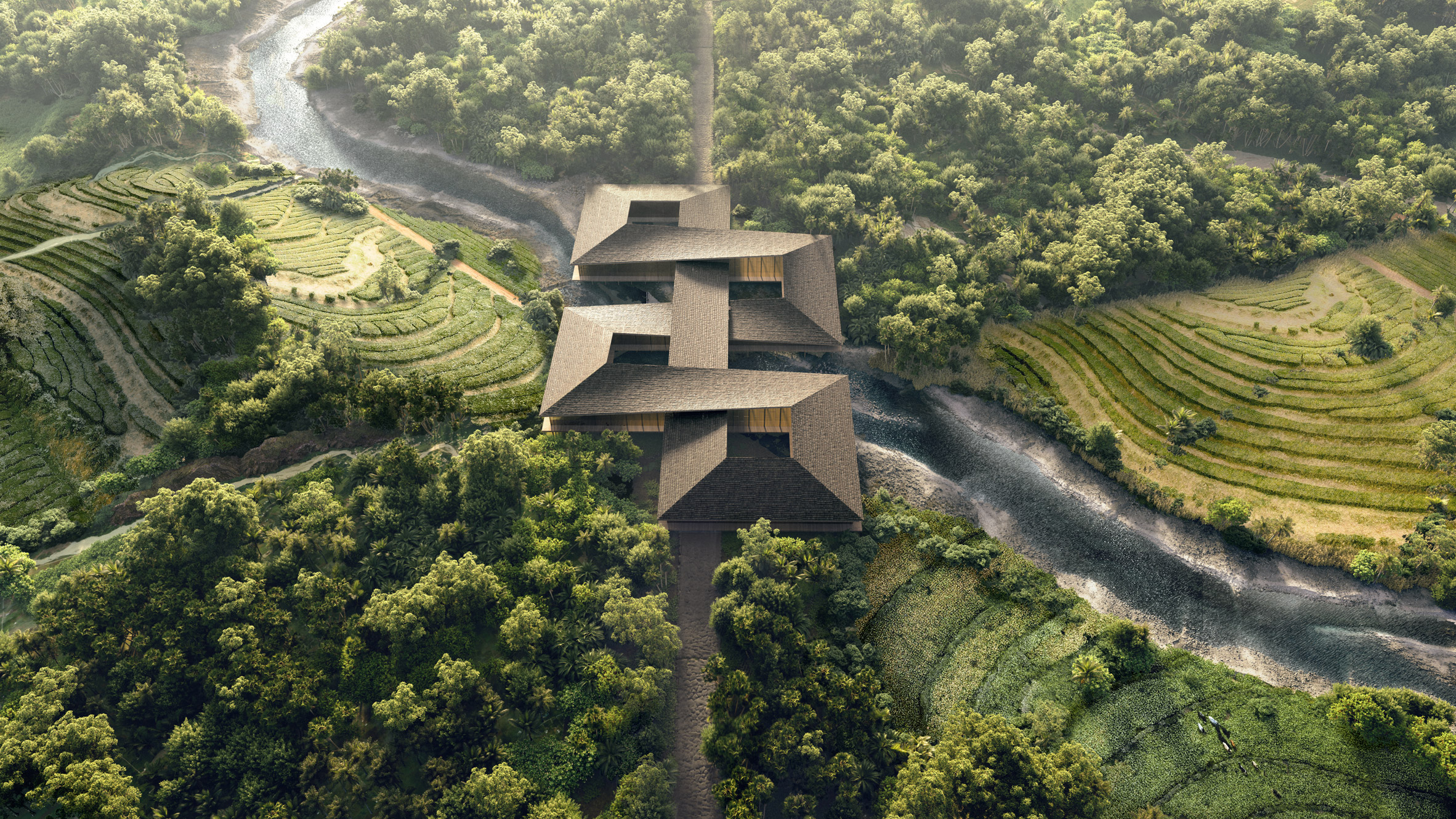
In the beautiful town of Gelephu in Southern Bhutan, the "Mindfulness City" is a brilliant idea from King Jigme Khesar Namgyel Wangchuck. It focuses on green technology, education, and infrastructure, showing Bhutan's commitment to sustainability and the happiness of its people.
Infrastructure and Connectivity
The project introduces significant infrastructure, including an international airport, railway connections, and a hydroelectric dam. Designed by BIG's Landscape and Urban Design Team, it harmoniously integrates with the nine domains of Gross National Happiness, showcasing a meticulous approach to development.
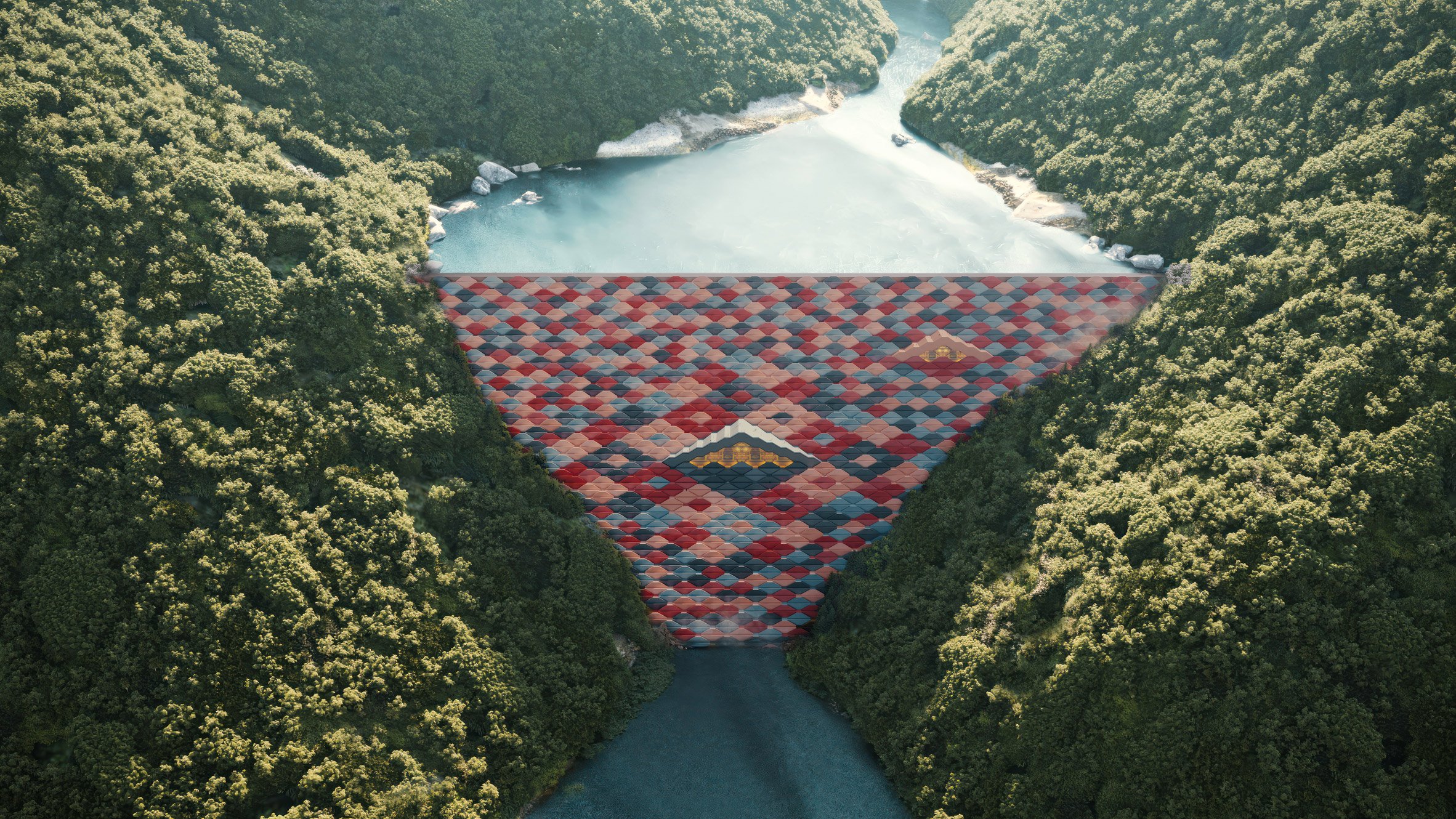
Bridges and Mobility Connections
The innovative design includes 'inhabitable bridges' that serve as both transportation infrastructure and civic facilities. These bridges connect eleven neighborhoods based on Mandala principles.
Each neighborhood centers around a communal space, transitioning from smaller scattered buildings in the north to more substantial urban structures in the south. To mitigate monsoon-related flooding, paddy fields will be established along the rivers and tributaries, also serving as corridors for local flora and fauna, preserving the migratory routes of elephants and other wildlife. Connecting these neighborhoods are three primary mobility links, functioning as both transportation infrastructure and civic-cultural hubs.
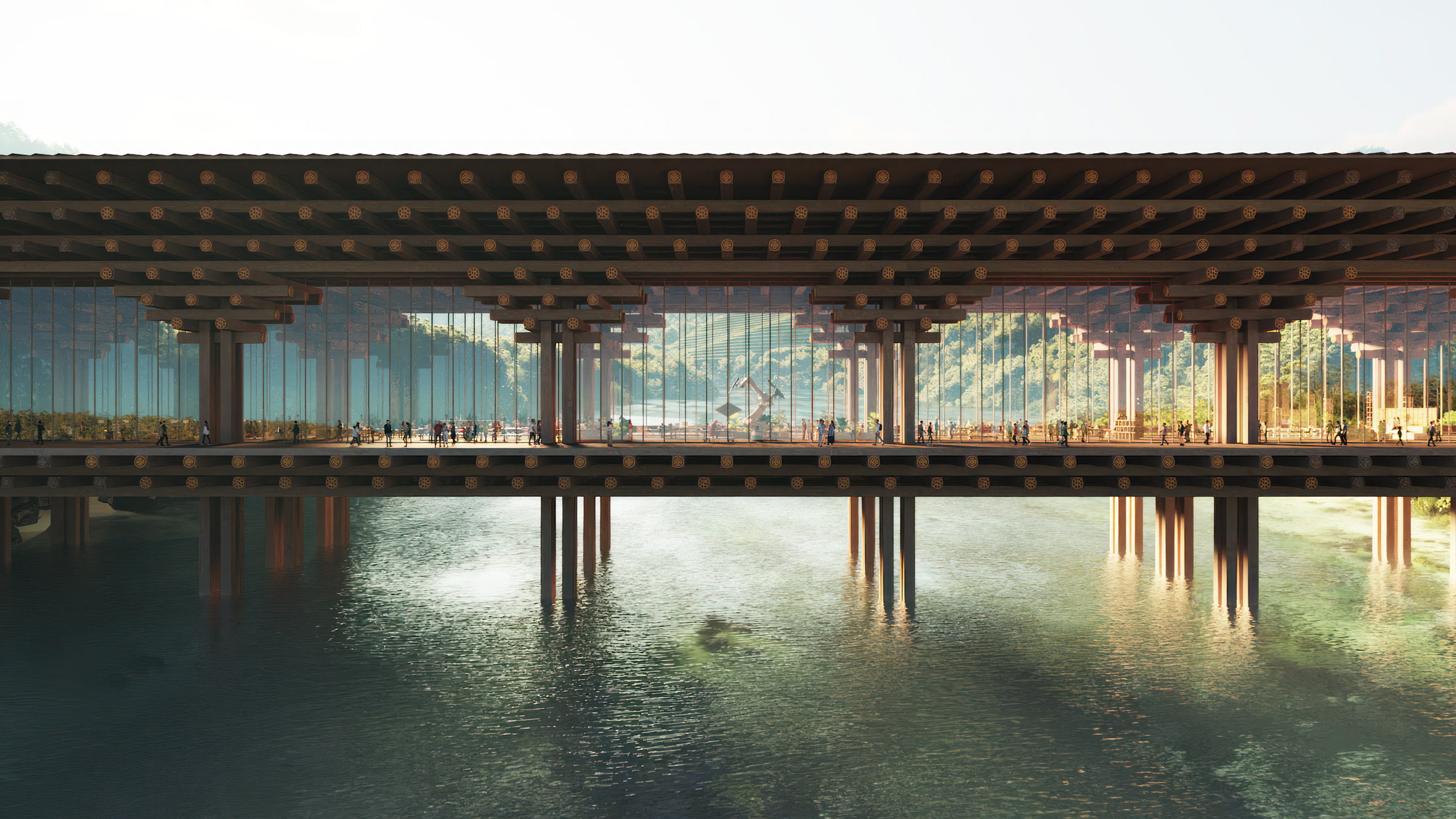 Termed 'inhabitable bridges,' these structures cater to the nine domains of Gross National Happiness. They house key city destinations, including the airport, a spiritual center, a healthcare facility, a university, a greenhouse, a cultural center, and a market, providing connectivity, cultural immersion, and functional significance to residents and visitors.
Termed 'inhabitable bridges,' these structures cater to the nine domains of Gross National Happiness. They house key city destinations, including the airport, a spiritual center, a healthcare facility, a university, a greenhouse, a cultural center, and a market, providing connectivity, cultural immersion, and functional significance to residents and visitors.
The final bridge in the city is actually a hydroelectric dam on the western side. It has a unique design with a step-well retaining wall that serves as a viewpoint, along with peaceful staircases and a temple. People can go up or down using different paths that lead to a visitor center and temple on an artificial cliff. The city's streets are designed to feel cozy, made with materials that let rainwater go into the ground naturally instead of causing problems in the sewage system.
Material Palette
In buildings, local materials like wood, stone, and bamboo will be used. The designs are inspired by traditional styles found in the area, like rabsel, cornices, ornaments, and roof shapes.
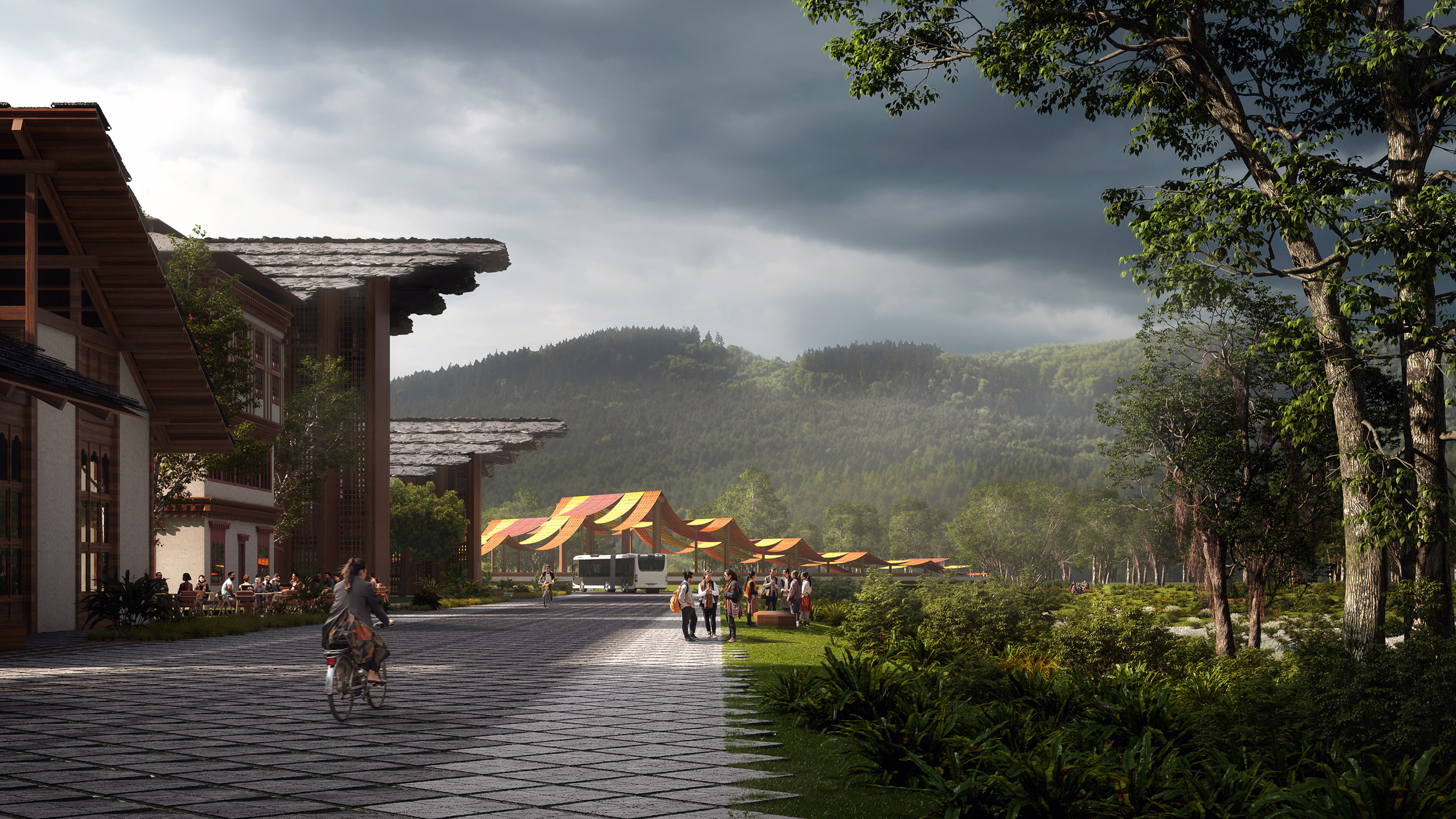 This shows a commitment to using local resources and designs, creating a strong connection to the city's identity and promoting sustainability.
This shows a commitment to using local resources and designs, creating a strong connection to the city's identity and promoting sustainability.
Impact on India and Indian Industry
The "Mindfulness City" project on the India-Bhutan border is a big deal for both countries. It helps them connect better, grow their economies, and share their cultures. Indian businesses, especially those into green tech and infrastructure, can get new chances to grow through teamwork.
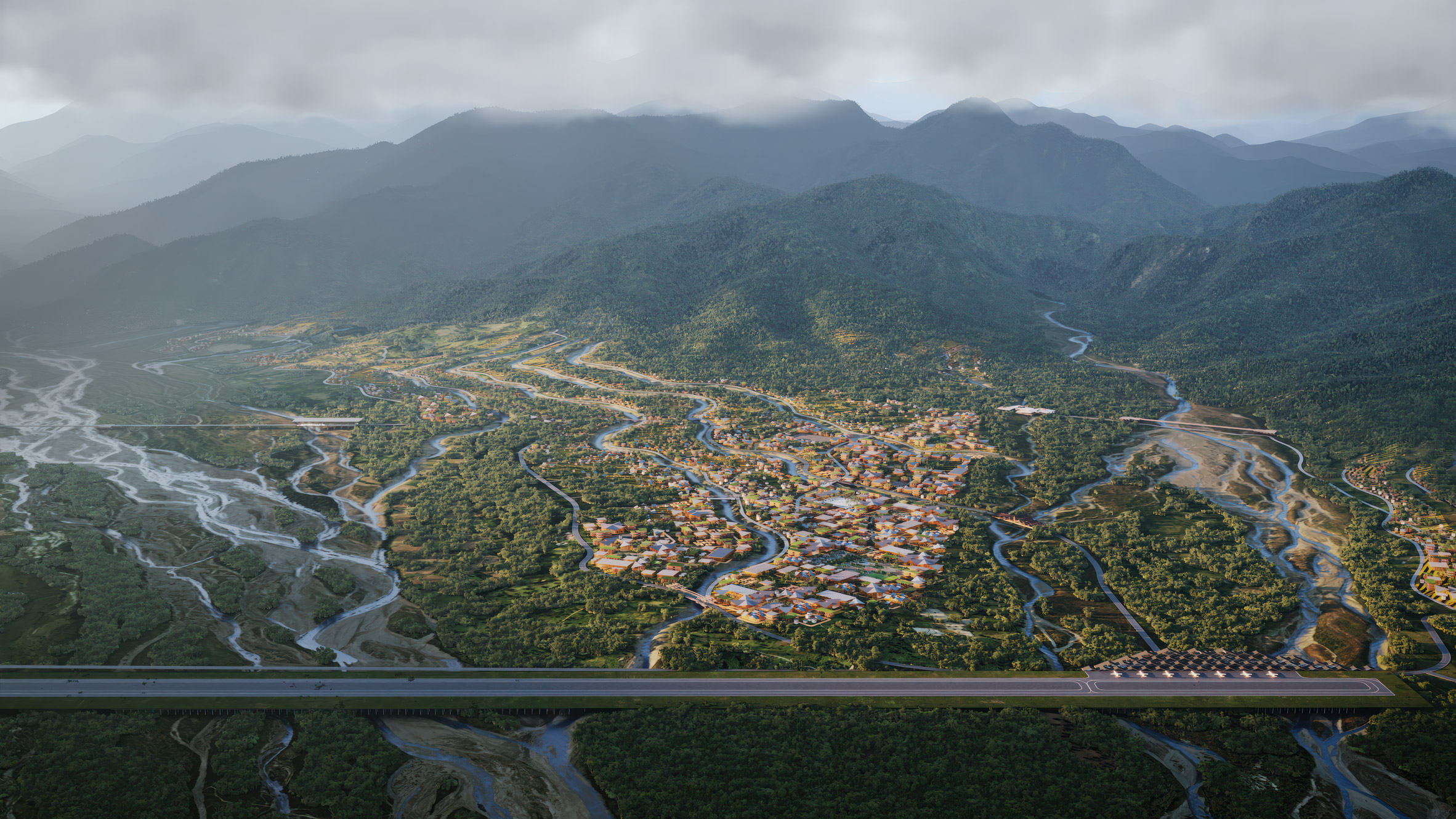 There's also a plan for a new road from Gelephu or Samdrup Jongkhar, going through Assam and Northeast India. This road will connect to many countries in Southeast Asia, making a strong link between South Asia and Southeast Asia. The Indian government has also promised to make better roads to Bhutan and connect some border towns with railways.
There's also a plan for a new road from Gelephu or Samdrup Jongkhar, going through Assam and Northeast India. This road will connect to many countries in Southeast Asia, making a strong link between South Asia and Southeast Asia. The Indian government has also promised to make better roads to Bhutan and connect some border towns with railways.
Beneficiaries
The project affects different groups of people. In Bhutan, local communities get better infrastructure, more chances for jobs, and their culture is preserved.
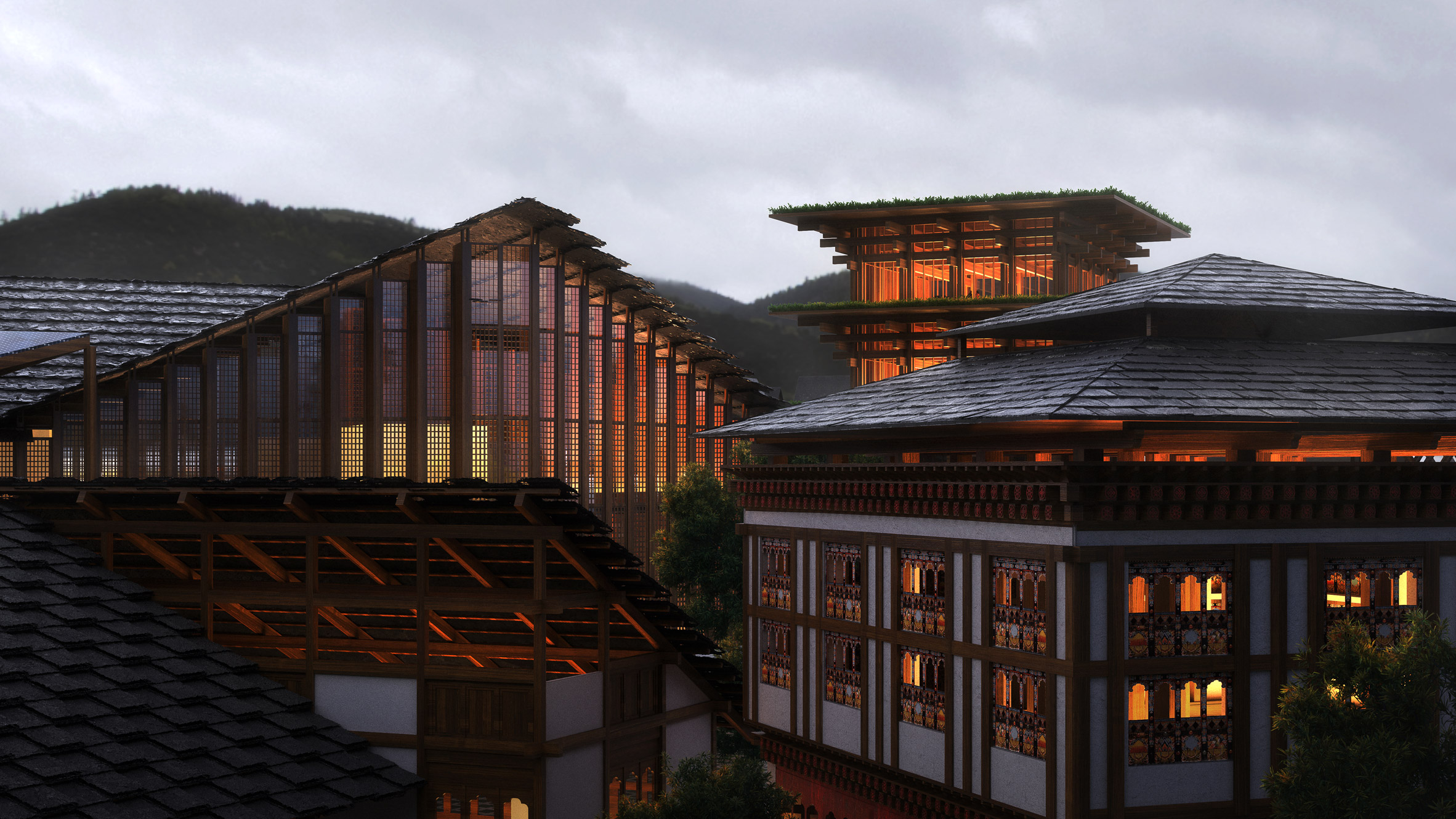
For Indian businesses, especially those in line with the project's goals, there are new opportunities to invest and work together. Plus, the project adds to the global conversation about making cities in a way that lasts.
Other Major Aspects
Cultural Preservation: The "Mindfulness City" takes special care to preserve Bhutanese culture. You can see this in the design, which includes local motifs and traditional architecture.
Environmental Sustainability: Situated in the midst of Bhutan's beautiful nature, the project supports environmental sustainability. Using paddy fields for flood protection and biodiversity corridors shows a dedication to preserving the environment.
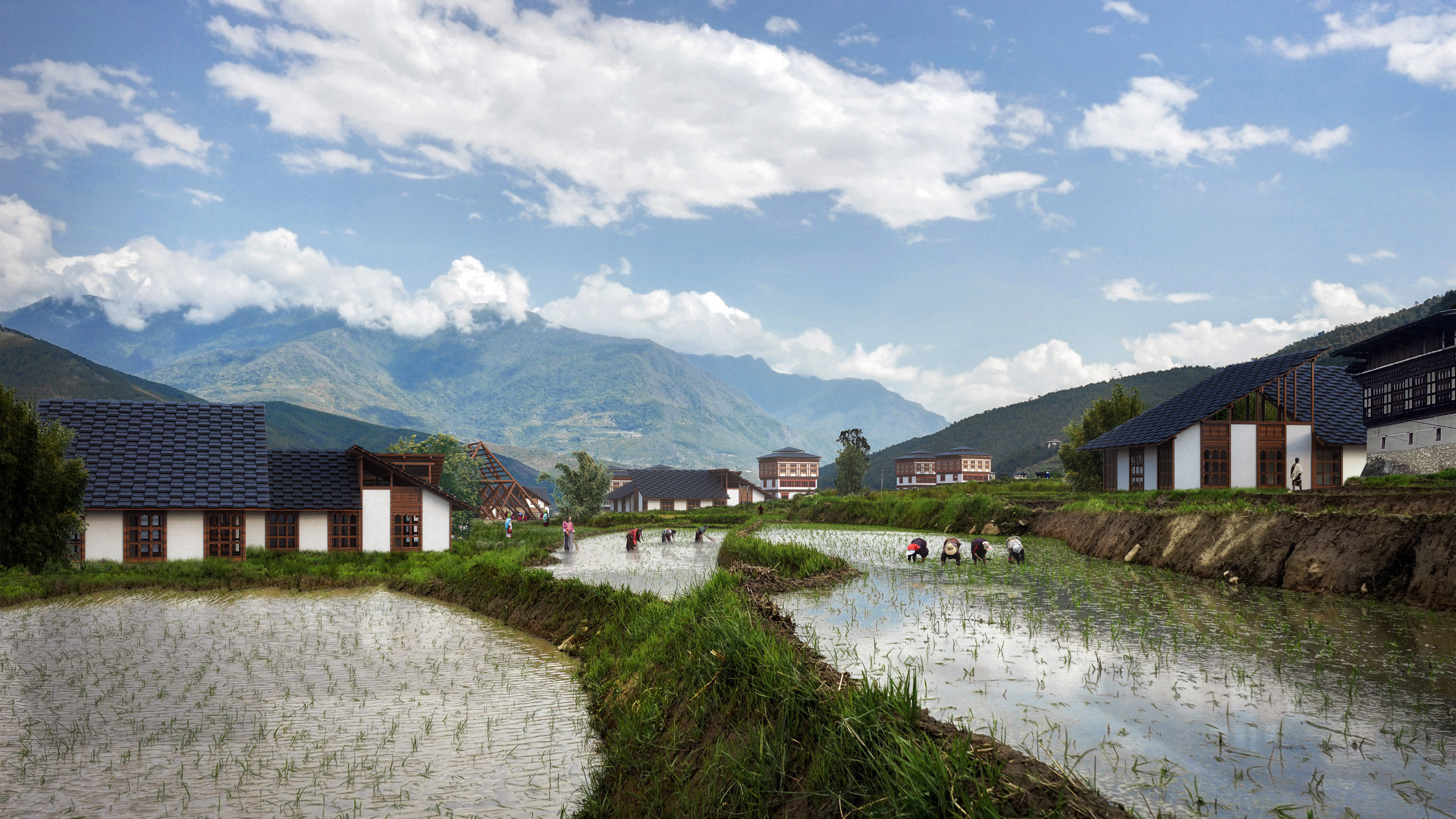 Mutual Growth: The partnership between Bhutan and India in this project shows how neighboring countries can work together for shared benefits. This collaboration promotes regional development and cooperation.
Mutual Growth: The partnership between Bhutan and India in this project shows how neighboring countries can work together for shared benefits. This collaboration promotes regional development and cooperation.
The "Mindfulness City" project goes beyond regular ideas of city development. With its forward-thinking approach based on Bhutanese values, it could change how the economy works in the area and promote sustainable, culturally vibrant living.